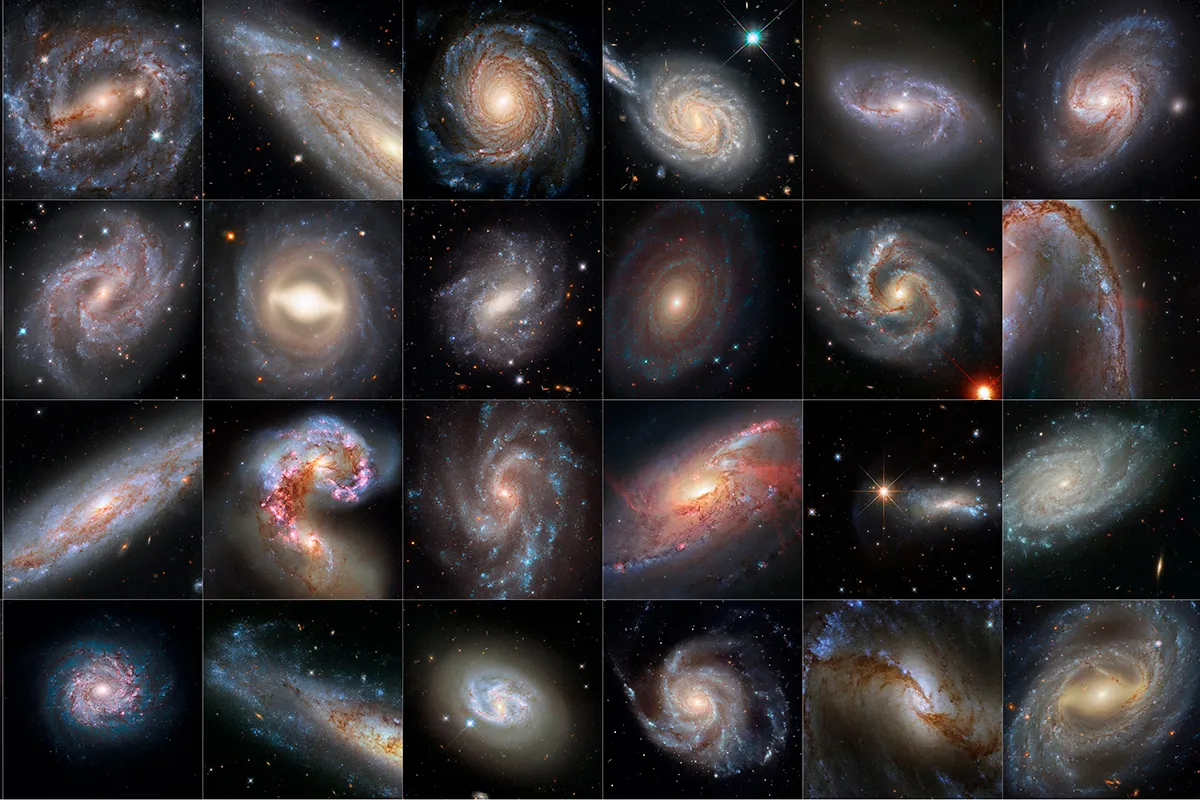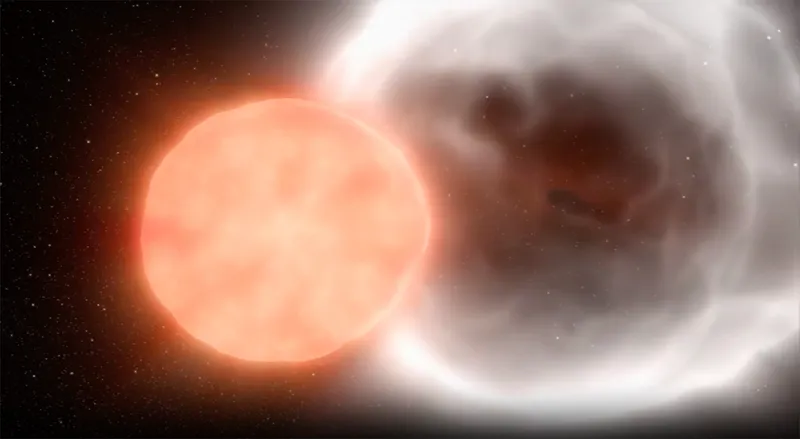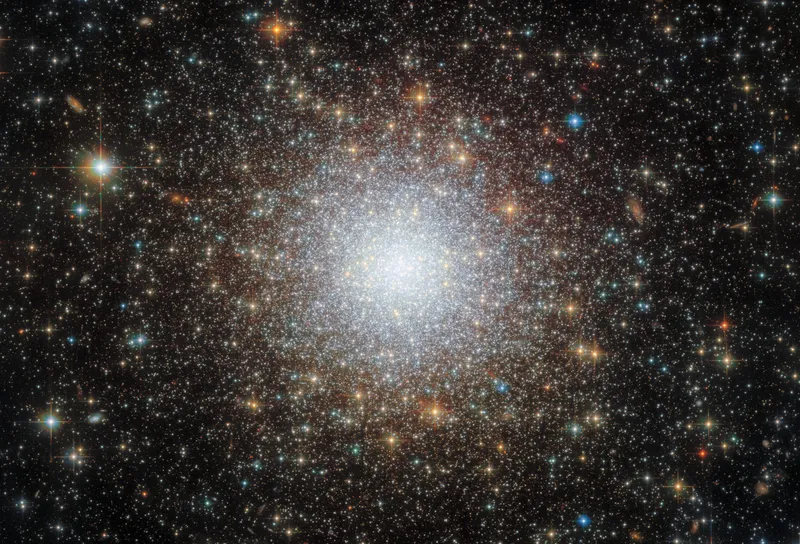The Universe is estimated to be 13.8 billion years old, but how do astronomers know how old the Universe is, and could they be wrong?
The Universe began with the Big Bang, sending all the matter and energy of the Universe rushing outwards.
It’s been expanding ever since. If we could measure how fast the expansion of the Universe is happening, in theory it should be possible to backtrack and work out how old the Universe is.
Cosmologists think they know the rules of how this rate of expansion has changed over time, but to use these to work out the Universe’s age, they need the rate of expansion in today’s Universe, called the Hubble constant.
The exact value of the Hubble constant is one of the biggest controversies in cosmology today.

Why science disagrees over how old the Universe
There are two methods of measuring the expansion and they don’t quite agree.
The first is the ‘late Universe’ method, which looks for ‘standard candles’ – stellar objects for which we can work out an intrinsic brightness.
By comparing that to how bright they appear, we can tell how far away they are.
Closest to Earth, astronomers look at Cepheid variable stars, the brightness of which rises and falls every few days in a very predictable way that’s closely linked to their true luminosity.
For galaxies slightly further away, astronomers use Type Ia supernovae, created when a white dwarf steals stellar material from a companion star.
These always have the same mass when they explode, so are all the same brightness.

In both cases, astronomers measure how fast these objects are moving away from us by their redshift, where their light is stretched out to longer wavelengths.
The faster they are moving, the more the light is shifted.
Using both pieces of information together, astronomers have measured the Hubble constant to be around 73km per second per megaparsec, giving the Universe an age of around 12.8 billion years.
The ‘early Universe’ method, meanwhile, looks at the cosmic microwave background.
This is the echo of the Big Bang, laid down when the Universe was just 380,000 years old.

How the cosmic microwave background appears today depends on many factors, including the Hubble constant.
By comparing how the cosmic microwave background looks with various computer simulations, astronomers are able to hone in on the value of the Hubble constant.
The most detailed maps of the cosmic microwave background were created by ESA’s Planck satellite, which launched in 2009.
Using these, cosmologists came up with a Hubble constant of around 68km per second per megaparsec, giving an age of 13.8 billion years.
As this is the only measurement that measures the Hubble constant directly, this is the age most astronomers use.

So what's going on?
Exactly what’s causing the difference between the calculations as to how old the Universe is, is unknown.
Perhaps Type Ia supernovae don’t work as we think they do, or there’s some currently unknown factor affecting the cosmic microwave background.
Or maybe our assumptions about how the Universe works aren’t completely correct.
To make matters worse, there have been stars in globular clusters that appear to be 14 or even 15 billion years old – older than either age ascribed to the Universe.
There’s still lots of work to do before we can say for sure how old our Universe is.
This article appeared in the April 2024 issue of BBC Sky at Night Magazine
